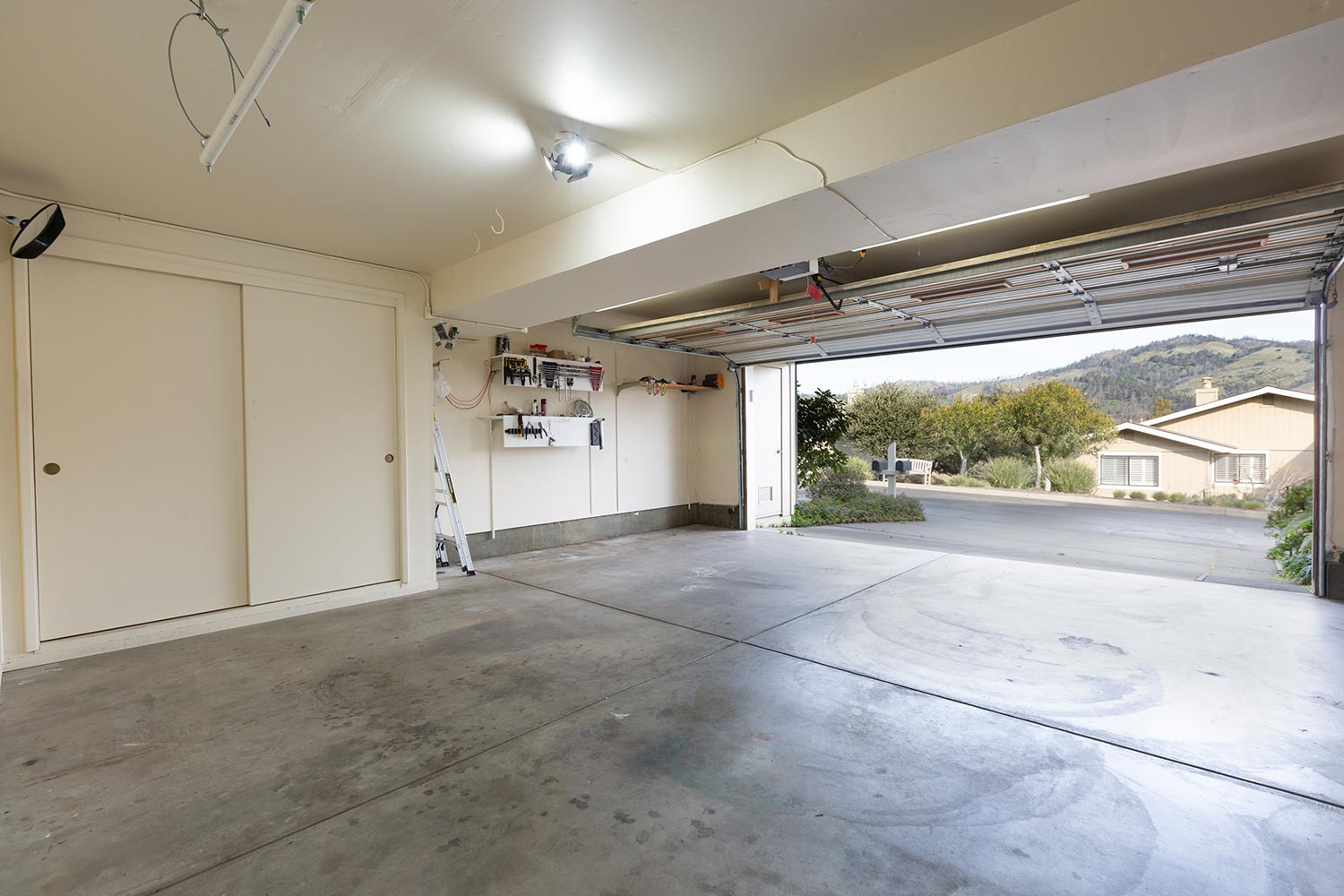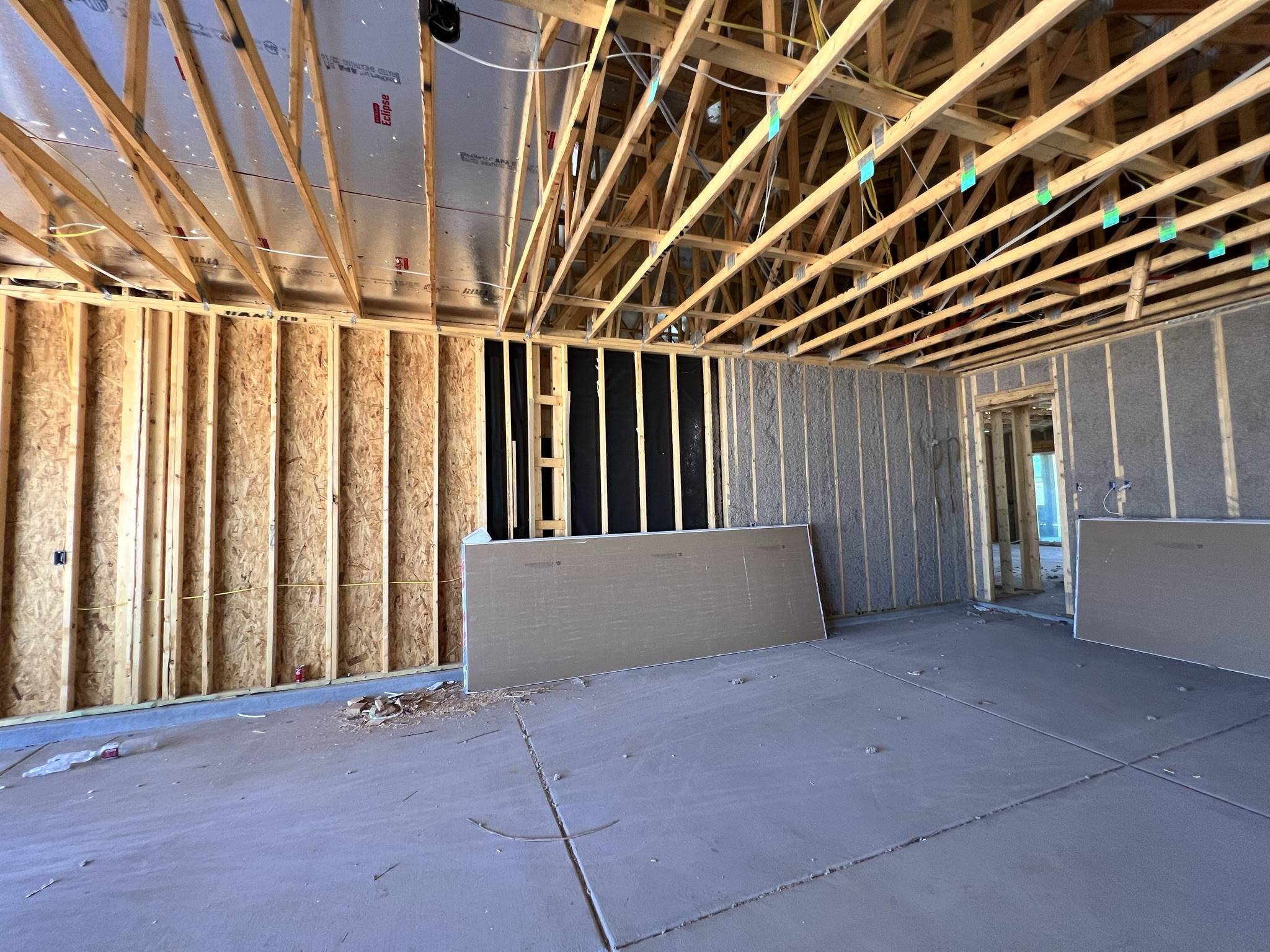Is your garage suffering from moisture, mold growth, and other related issues? Do you want to keep your garage free from dust, dirt, and unwanted pests? Or are you looking for a way to reduce energy bills? If yes, then installing a garage vapor barrier is the answer.
But when installing this barrier, certain requirements and steps must be taken. Also, it’s important to know the types of vapor barriers available and how they can be installed in your garage. Let’s discuss this in detail.
When Do You Need A Garage Vapor Barrier?
You don’t need a vapor barrier in every garage situation, but when moisture and humidity are causing problems, installing a vapor barrier is the way to go. Some of the instances are:
1. Cold Climates
If you live in a cold climate, temperature changes can cause water vapor to condense on the inside surface of your garage walls. There is a high chance of having moisture and humidity in the air. Also, the temperature difference between the inside and outside of the garage can cause condensation on cold surfaces.
A vapor barrier will help to reduce this condensation by keeping the temperature consistent throughout the wall. Also, it will stop the water vapor from entering your garage and causing damage to walls, floors, and other materials.
2. Wet Conditions
It would be best to have a vapor barrier to prevent water damage in a wet climate. A vapor barrier will help to keep the moisture out of your garage and keep your walls and floors dry. It is important to install this on the inside surface of the garage, as it will create a seal between the outside air and inside space that prevents moisture from entering your garage. Also, a vapor barrier will help prevent mold and mildew growth.
3. Repurposed Garage
If you have renovated your garage and turned it into a laundry room, kitchen, bathroom, or another area with high humidity levels, installing a vapor barrier is the best option. This will effectively seal off the walls and ceilings against moisture seeping through.
Alternatively, using a dehumidifier to absorb moisture in the air can also help maintain desired humidity levels while avoiding tearing down walls and installing a vapor barrier. This is especially helpful during winter when it is unsuitable for opening windows or using exhaust fans.
The Perks Of Having A Vapor Barrier
Although vapor barriers may seem like an unnecessary addition to your garage, they can be a great way to:
1. Protect From Temperature Swings
A vapor barrier can help to keep your garage at a comfortable temperature year-round, reducing the chances of damaging pipes or other materials due to extreme cold or heat. You won’t have to worry about the temperature in your garage while working or storing items.
2. Moisture Regulation
A vapor barrier can regulate humidity and moisture levels effectively, preventing mold growth and deterring unwanted pests. This is especially important if you’re looking to store sensitive items like tools or electronics that could be damaged by excess moisture.
3. Prevent Air Leakage
You won’t have to worry about air leaking into or out of your garage with a vapor barrier, which can help to keep the temperature and humidity levels consistent. This will help reduce energy costs and ensure you’re not exposing yourself or your home to unwanted outside elements.
4. Save On Energy Costs
A vapor barrier will help keep your garage insulated, reducing the energy needed to maintain a comfortable temperature throughout the year. This will not only save you money on energy bills, but it can also help you do your part in protecting the environment by using less energy.

Insulation Types And Materials For Garage
To ensure that your garage is properly insulated, you can try the following:
1. Polyethylene Vapor Barrier
The vapor barrier helps to prevent moisture from infiltrating your garage space and wall cavities, keeping the area dry and preventing mold from growing. You can easily install a polyethylene vapor barrier on the walls of your garage and underneath the floor. This will help keep heat and cold out of your space, keeping temperature levels comfortable.
2. Rock Wool Insulation
Rock wool insulation is perfect for garages because it is fire-resistant and highly durable, meaning it can withstand extreme temperatures. It also has good soundproofing qualities, allowing you to work on projects without too much noise disruption. Rock wool insulation is easy to install and can be cut into any shape or size you need.
3. Foam Board Insulation
You can install foam board insulation in your garage for a more energy-efficient option. This type of insulation helps to keep the area warm and helps to reduce air leakage, making it a great choice for those looking for a thermal barrier. Foam board is also lightweight and easy to install, so it’s perfect for any size or shape of the garage for vapor diffusion.
4. Fiberglass Insulation
Fiberglass insulation is a great option for garages because it provides excellent thermal protection without an air gap. It also has good soundproofing qualities, and it’s usually relatively inexpensive. Also, because it’s made from glass fibers, fiberglass insulation can be shaped to fit any area of your garage.
5. Radiant Barrier
Radiant barriers are a great option for garages because they can reflect up to 97% of the sun’s heat away from the area. This helps keep temperatures comfortable and helps to reduce energy costs associated with cooling your space. Radiant barriers can be found in sheets and rolls, so you can find something that fits your needs.

Installation Steps
Let’s look at the installation steps for a garage vapor barrier.
1. Gather The Materials
First, gather the materials necessary for the installation, such as plastic sheeting, tape, and a staple gun. You may also want to purchase additional materials, such as insulation and sealant, for extra protection. 8 feet wide polyethylene sheeting is the most common choice for a vapor barrier.
2. Prepare The Area
Next, it’s time to prepare the area where you plan to install the vapor barrier. Begin by cleaning and de-cluttering the space, ensuring no nails or sharp objects could damage the barrier. Additionally, inspect for any potential gaps or cracks in the walls and floors that must be sealed before installation. For the best results, apply a sealant to any holes or cracks.
3. Seal The Walls
Align the top edge of the vapor barrier with the highest part of the wall and fasten it in place at intervals of about 18 inches. Be sure to overlap each section as you go, making it easier to complete the sealing process. Finally, use tape to join together two pieces where they meet. For extra stability, it’s a good idea to use staples to attach the vapor barrier to the wall.
4. Seal The Garage Floor
Start at the corner of the room closest to the wall and lay out your vapor barrier sheeting. Leave about an inch of space between each section, which will help prevent condensation from collecting beneath it. Once all the sections have been laid out, attach them securely to the floor with a staple gun.
5. Tape The Edges
At this point, all the walls and floors have been sealed. Now it’s time to tape along the edges of each section to form a tight seal between them. Use waterproof tape that won’t peel off in harsh conditions. Once you’ve finished taping, inspect the area for any potential leaks or gaps and use extra tape to cover them if necessary.
6. Seal The Door
Finally, seal the garage door with a weatherstrip, creating an airtight seal and preventing drafts or moisture from entering your garage. Weatherstripping comes in various materials and sizes, so you must measure your door before purchasing it. Once you have the correct size, attach the weatherstrip to the door frame for a secure seal.

Do You Need Vapor Barrier Under A Garage Slab?
Using a vapor barrier under garage slabs or an attached garage is important, but do you need it? The answer depends on several factors.
If your region experiences high humidity levels and has a cold climate, installing a vapor barrier should be considered. A vapor barrier helps prevent water vapor from entering the slab, thus preventing moisture from accumulating beneath the slab. In such conditions, it is important to have a vapor barrier to protect your garage floor and its contents from moisture damage.
Also, if you plan to use an insulated slab, a vapor barrier will be required to provide the necessary protection against moisture.
Finally, if you plan to have radiant floor heating in your garage, a vapor barrier installed is even more important as it helps trap heat beneath the slab and prevents heat loss.
FAQs
1. Do You Need A Barrier For The Garage Ceiling?
Ceiling vapor barriers aren’t always necessary for your garage. Unless you’ve converted the space into a kitchen, bathroom, or laundry room — all of which generate a lot of moisture — you won’t need one. Even if you have converted your garage to this purpose, a dehumidifier should be able to absorb enough moisture from the air to keep it dry. However, if your garage does feel damp and you want an extra layer of protection, installing a vapor barrier can help reduce condensation and make the space more comfortable.
2. Is Humid Air Bad For Your Garage?
Humid air can cause various problems in your garage, from mildew and mold growth to wood rot. Humidity also makes the space uncomfortable for anyone using it for storage or other activities. High moisture levels can even make the walls buckle and warp in extreme cases. Install vapor barriers as they help to control the moisture in your garage, which can help extend the life of stored items and make it a more comfortable environment. Never use a vapor-permeable material as vapor diffuses through it, causing damage.
3. Is DIY Installation Possible?
Installing a vapor barrier can be complicated, and the results are only as good as your measurements and execution. If you’re comfortable with DIY home improvement projects, then it’s possible to do it yourself. However, if you’d rather leave it up to the professionals, many contractors offer installation services.


